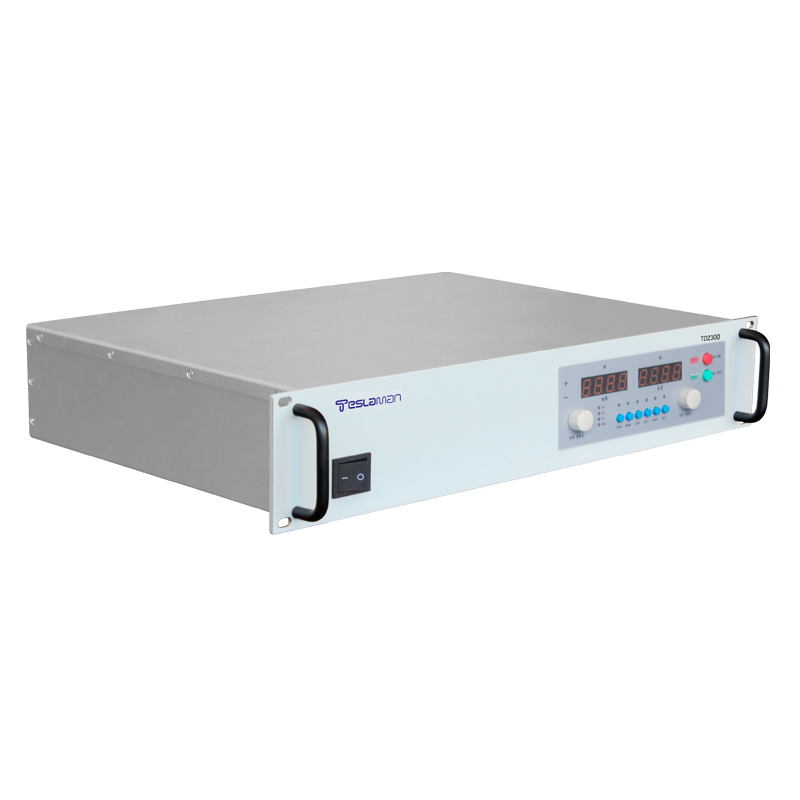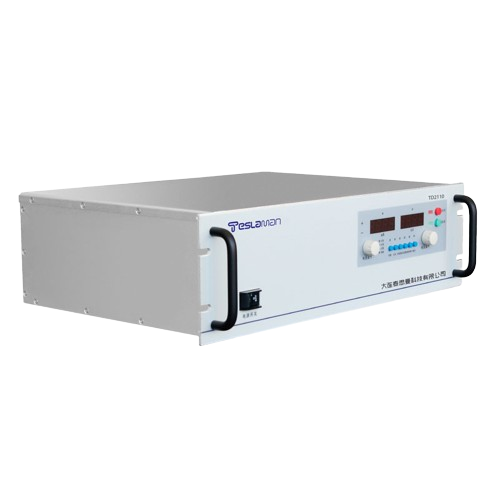Signal Amplification Optimization Strategies for Photomultiplier Tube High-Voltage Power Supplies
Photomultiplier tubes (PMTs), as core components of high-sensitivity photodetection, rely on the stability of high-voltage power supplies and optimized signal processing chains. The power supply not only provides kinetic energy for electron multiplication but also directly affects signal gain, signal-to-noise ratio, and linearity. This article explores key technologies for PMT signal amplification from three perspectives: power supply design, signal amplification circuits, and noise suppression.
1. Relationship Between High-Voltage Supply Design and Signal Amplification
The gain of a PMT exhibits an exponential relationship with its operating voltage, typically requiring 1-2 kV, with voltage fluctuations needing to be below 0.1% (for output current stability within 1%). To achieve stability:
Voltage Divider Design: Resistors (100 kΩ–1 MΩ) are connected in series between the cathode, dynodes, and anode to form a uniform electric field. For pulse signal applications, capacitors (e.g., 100 pF–1 nF) are added in parallel at the final stages to compensate for voltage drops caused by transient currents, preventing space charge effects.
Power Topology Innovation: A PWM-driven + voltage multiplier rectification structure can be used. For example, a DC/DC converter boosts 3.7–5 V low voltage to an intermediate level, followed by a 12-stage Cockcroft-Walton multiplier to generate high voltage. This approach reduces power consumption and transformer size, making it suitable for portable devices.
Feedback Mechanism: Real-time output voltage monitoring feeds back to the PWM chip (e.g., via a 500 MΩ/2 MΩ resistor divider), dynamically adjusting the duty cycle to limit voltage drift to <0.05%.
2. Key Technologies in Signal Amplification Circuits
PMT output signals exhibit a wide dynamic range (millivolts to tens of volts), requiring adaptation to ADC input ranges (typically 0–10 V):
Adaptive Gain Control:
Segmented Amplification: A threshold circuit (0.9 V and 9 V) uses voltage comparators to switch gains:
Gain=10 for signals <0.9 V;
Gain=1 for 0.9–9 V;
Gain=0.1 for >9 V.
Switching Circuit Implementation: Dual 4:1 multiplexer chips (e.g., 4052) select amplification paths to avoid saturation distortion.
Low-Noise Op-Amp Selection: The preamplifier requires high input impedance and low noise density (<1 nV/√Hz). A transimpedance amplifier (I-V converter) structure with an input resistor ≤50 Ω minimizes transmission losses from the photocathode output current.
3. Noise Suppression and Signal Optimization
PMT noise primarily includes dark current, thermal electron noise, and external interference:
Dark Current Suppression:
Low-Temperature Control: Dark current decreases by 50% per 10°C reduction. Semiconductor coolers maintaining PMTs at –20°C can reduce dark current by three orders of magnitude.
Material Optimization: Low-work-function photocathodes (e.g., Sb-K-Na-Cs multialkali cathodes) minimize thermionic emission.
Electromagnetic Shielding and Optical Filtering:
Lead Shielding Enclosure: Encases the PMT body with only a light entrance, reducing environmental electromagnetic interference.
Aperture + Bandpass Filter: An aperture (controlling incident angle) and narrowband filter (e.g., ±5 nm bandwidth) suppress stray light.
Digital Post-Processing: Wavelet transforms or adaptive filtering algorithms separate noise spectra (typically concentrated in high-frequency bands).
4. Future Development Trends
Integrated High-Voltage Modules: Power supplies, dividers, and signal processing integrated into a single chip reduce transmission losses (e.g., SiP-based PMT driver modules).
Intelligent Gain Calibration: AI algorithms predict signal strength to dynamically optimize gain thresholds, enhancing dynamic range precision.
Conclusion
The core of PMT signal amplification optimization lies in power supply stability + adaptive gain + coordinated noise suppression. High-voltage supplies must balance efficiency and ripple control; signal chains require dynamic matching to ADC ranges; noise suppression demands multi-dimensional approaches including physical shielding, low-temperature control, and algorithms. Future integration and intelligence will further advance the performance limits of PMTs in low-light detection.




















